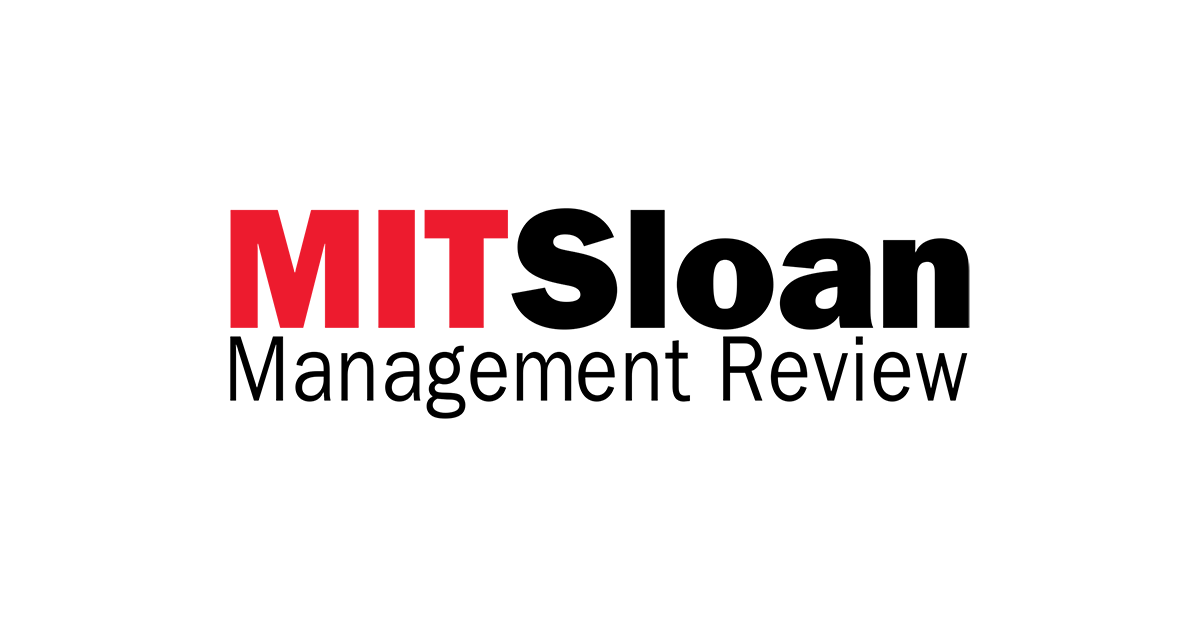
My organization urgently needs to execute a new strategic initiative, but I’m not confident that my current staff members have the skills and drive required. How can I field a championship team when I don’t have any all-star players?
It’s easy for managers to succumb to a scarcity mentality and believe that their people aren’t good enough — but it’s important not to nurture this mindset. When we look closely at this problem, we often discover that the existing team’s potential hasn’t yet been fully realized. Building a championship team is almost always a matter of activating untapped potential, not trading for better players.
Years ago, my friend Sue Gordon, the former principal deputy director of national intelligence, told me that although you don’t always get to choose your team, your team is enough and you must help them believe that it is so. How do we make the most of who we have rather than fixating on their deficiencies?
The first step is to get much better at diagnosing the underlying problems when our teams aren’t functioning effectively. I start by assessing where there are skill set issues and where there are behavioral problems. The former is straightforward to address (if not overnight) by investing in training or providing opportunities to gain specific experience.
Behavioral issues — by which I mean contextually variable behaviors that can diminish an individual’s effectiveness or team dynamic — are a bit tougher. For example, an opinionated, creative person may contribute meaningful new ideas in meetings but dismiss suggestions made by others, demotivating teammates and dampening collaboration. Helping that team member see the effect of their behavior and develop new communication habits can improve team effectiveness.
Second, make sure everyone knows why and how they matter. Your team can’t achieve greatness if its members don’t believe that their presence on the team is important, their contributions are appreciated, and their ideas will be considered. Identify each individual’s differentiating contributions (what I call superpowers), and explicitly share those insights with them. Superpowers are the inimitable strengths we all have — but because they’re so innate to us, we often don’t see them and need others to point them out to us. An important part of good leadership is identifying the superpowers of everyone on your team and encouraging them to share what they see as each other’s unique talents. This has the added benefit of giving you more data about how your team can sync up.
Finally, focus on the people, not the titles. Notice the capabilities, gifts, and inclinations of the people on your team, and be open-minded about how they might work together in new configurations. The market and operating context are changing rapidly, demanding a fluidity beyond the functional constructs that exist now. Someone’s current title does not comprehensively define their capabilities, and it can often constrain them to a more limited role. Having a more expansive view of each person can help you harness the team’s fullest potential.
When we’re open to the potential of our existing team members and create opportunities for the team to surface, see, and recognize new strengths, we can come to see that the championship team is the one we already have.
“The MIT Sloan Management Review is a research-based magazine and digital platform for business executives published at the MIT Sloan School of Management.”
Please visit the firm link to site






